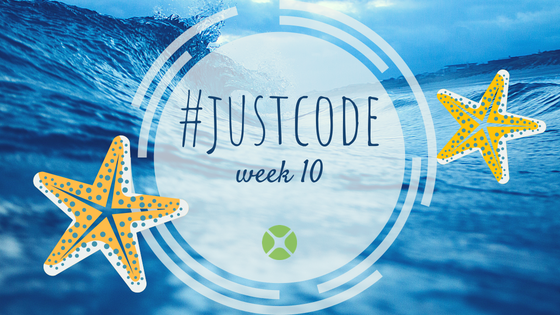March’s topic is Web Apps and I’m excited to introduce my project: Quiziverse, a complete quiz and trivia web application. Quiziverse is designed to engage…
Comments closedTag: Games
Tic-tac-toe, a classic two-player strategy game where players take turns marking spaces in a 3×3 grid. The objective is simple: be the first to get…
Comments closedI truly enjoy creating things with Xojo. This time, I built a little game with Xojo Web just to see if it was possible. In…
Comments closedThe Game of Life, also known simply as Life, is a cellular automaton devised by the British mathematician John Horton Conway in 1970. You’ve probably seen this around in some form or another, but I ran across it again recently and thought it would be fun to implement in Xojo.
Comments closedEvery few weeks my son Lucas gets together with his friends for board game day. Last week’s game was Twilight Imperium. One part of the game includes rolling a 10-sided die to calculate whether one of your ships successfully registers a hit on your opponent. Apparently this is something that can take a while to do as each player amasses more and more ships. This was ripe for automation!
Comments closedLearn to program a simple but entertaining game as an introduction to the Xojo programming language. In this game the computer calculates a random number between 1 and 100 and we have to guess it. Follow this tutorial…
Comments closedFor the 10th week of the #JustCode Challenge I took a look at networking. For my project this week I’ve created a networked version of the Combat game, which has two tanks on the screen shooting at each other. The network version allows you to control one tank with the app running on your computer and someone else to control the other tank with the app running on their computer. I call it NetTank.
Comments closedFor this week’s app, I created a simple iOS app where you tap on “bubbles” to pop them. This was actually suggested to me by Dana Brown some time ago as something that would make a great diversion for her son. I have found it helpful with some of my younger nieces and nephews.
This iOS app demonstrates the use of a Canvas and the detection of taps. When all the bubbles have been popped, more are added. It never ends!
Comments closedI’m often asked by kids and adults how they can start coding and learn to make apps? You could start with the usual books or videos.
But maybe you want to jump right in. When I started programming that is exactly how I learned. I tried things to see what worked and what didn’t work. I also looked at and modified other programs I found.
You can learn to code if you just code.
Comments closedIt’s Computer Science Education Week, which also means it’s time for Code.org’s Hour of Code.
To share Xojo with Hour of Code, I’ve put together a short 5-part series of videos (less than 25 minutes total) to show how to make a simple game called Asteroid Run.
Comments closed



